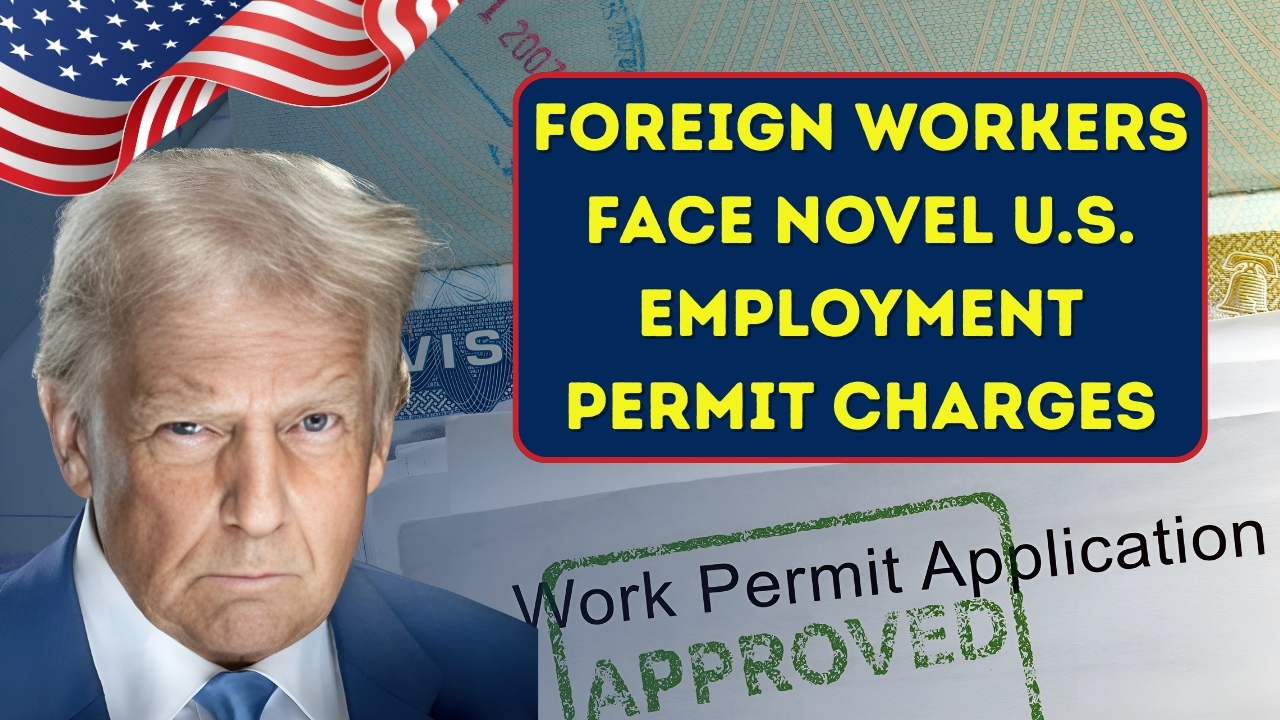New Costs for Employment Permits!
The Department of Homeland Security has made clear that the adjusted schedule of fees will reach all anyone pursuing a variety of employment authorizations, from temporary non-immigrant categories to stages of the employment-based green card trajectory. Though the precise surcharges depend on the specific application, most prospective foreign employees must now anticipate an increased levy of between 50and250, on top of existing costs.
Authorities justify the hikes by citing unprecedented surges in application numbers. “Managing such volumes is resource-intensive, and the supplemental fees are the only mechanism to ensure our processing standards are sustained,” a DHS spokesperson stated in a briefing on the new charges.
Pushback from Advocacy Groups!
The announced surcharges have prompted immediate condemnation from non-profit advocacy and labor groups. Critics characterize the new fees as a de facto regulatory hurdle—an added barrier that disproportionately burdens foreign professionals already covering extensive visa and legal expenditures.
“This will discourage highly skilled foreign talent and disproportionately harm low-wage workers,” stated Ana Martínez, executive director of a Washington, D.C., nonprofit that advocates for immigrant labor rights. Martínez cautioned that industries characterized by persistent labor shortages—specifically, long-term care, agriculture, and information technology—could encounter severe operational disturbances if the new measures curtail visa petitions.
Repercussions for U.S. Businesses
The revised fee structure does not confine its effects to labor markets; rather, it also imposes aggravated burdens on the operating environments of American enterprises. Organizations that strategically integrate foreign personnel—ranging from elite software engineers in Silicon Valley to migrant harvest crews in Midwestern corn states—are likely to confront slowed hiring cycles and inflated talent-sourcing expenditures.
A survey released last week disclosed that nearly half of mid-sized companies remain uninformed of the approaching procedures. “An unforeseen increase in compliance costs disrupts financial models and complicates budget cycles,” asserted Patrick Nguyen, an immigration counselor who advises corporate legal departments.
Contextual Policy Framework!
The present hike in application costs is introduced during a politically fraught phase. Although executive-branch officials present the adjustment as a mechanism for financial neutrality, legislative sentiment exhibits no consensus. While certain congressional factions characterize revenue recuperation as essential to agency viability, an equally influential bloc warns that the new pricing regime may compromise the long-standing perception of the United States as the premier destination for skilled global workers.
Troublesome reports underline that the United States is part of a broader trend. Canada and the United Kingdom have similarly strengthened their immigration frameworks, escalating processing costs and adding fresh regulatory burdens, all within an escalating global competition for high-skilled talent.
What Comes Next?
The forthcoming increases in processing fees are slated to commence in October, although several advocacy organizations allude to imminent legal opposition. Concurrently, worker advocacy coalitions are distributing instructional resources designed to guide prospective applicants through the heightened financial obligations and to minimize processing setbacks.
Meanwhile, all prospective applicants and their sponsoring employers are being counseled to submit petitions and applications as early as feasible, in order to sidestep the new financial burdens that will compound the already intricate and costly U.S. immigration apparatus.




